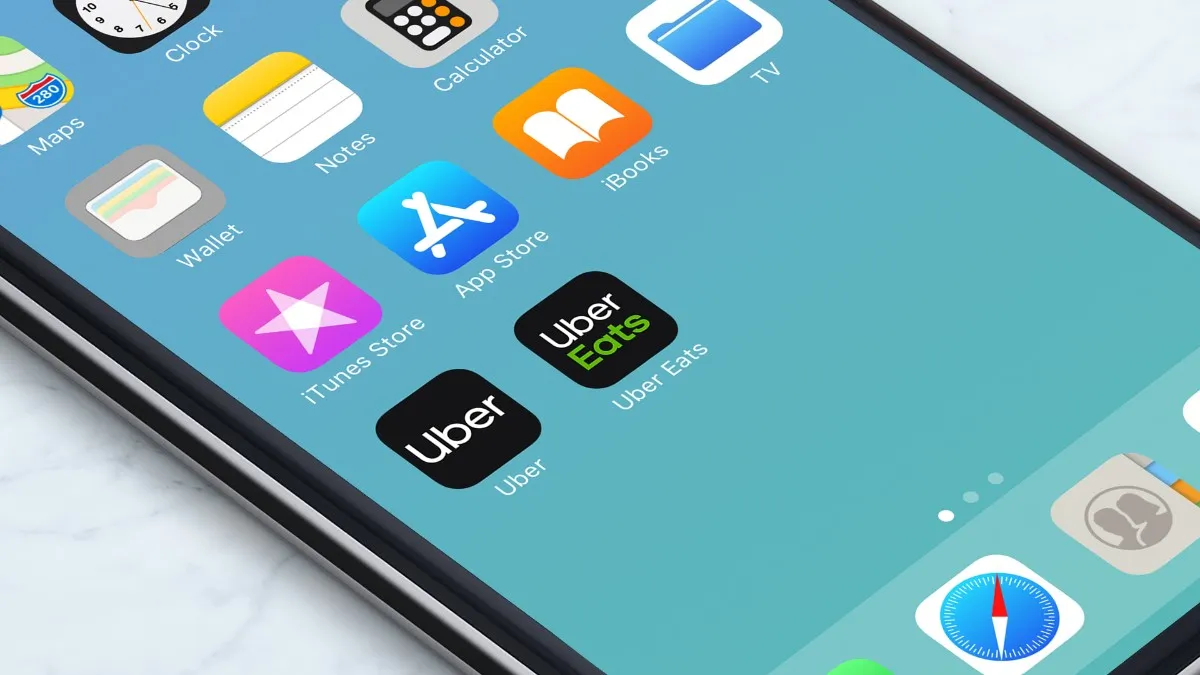Dive Brief:
- Uber has begun delivering groceries in parts of Manhattan and will expand to the rest of the New York City area in the coming weeks, the company announced Wednesday.
- The company known primarily for ride sharing and restaurant delivery has linked up with D’Agostino, Gristedes, Westside Market and other Big Apple grocers for scheduled or on-demand delivery through the Uber and Uber Eats apps. Orders are fulfilled by workers with Cornershop, the delivery startup Uber acquired last year.
- The expansion follows a global rollout of Uber Grocery and a U.S. test of the service in Dallas and Miami. Last month, Uber announced it’s providing delivery for Southeastern Grocers customers in four Florida cities.
Dive Insight:
After a few months spent fine-tuning its grocery delivery service in the southern U.S., Uber has made the leap into a crowded New York City market, where it will go up against FreshDirect, newly pickup-enhanced Whole Foods stores and a host of grocers powered by Instacart and Shipt.
Online grocery habits have solidified among many New Yorkers this year, but Uber Grocery has the advantage of being built into the Uber Eats service, which has been a lifeline for restaurant meals during the pandemic. Members of Uber’s Eats Pass service get their grocery delivery fee waived on orders over $30.
That could amount to a win for retailers like D’Agostino, Gristedes and Westside Market, which stand to gain incremental customers through their Uber partnership. All three also currently offer delivery through Instacart and Shipt. Uber’s success, and that of partner retailers, will ultimately depend on the quality of the customer experience. To that end, Uber uses delivery drivers specially trained through Cornershop, the Chilean service company Uber acquired last year, to pick and deliver products to shoppers.
As Uber locks horns with other providers, including DoorDash, for delivery supremacy, there are signs that retailers are trying to own more of the customer experience and operational architecture of e-commerce. Many have accelerated investments in apps, websites, picking technology and hardware like automated fulfillment systems during the pandemic. Kroger CFO Gary Millerchip said during an investor update Tuesday that grocer is seeing more sales come through its website and app than through Instacart’s marketplace.
In a recent interview, Uber’s global head of grocery, Raj Beri, said the company is dangling the prospect of reaching its 40 million U.S. users in front of grocers.
“If you look at Uber's regular users and you compare it to standalone players in a space like grocery, we feel very good that there's a strong user base that is very interested in trying grocery delivery for the first time, or will be trying grocery delivery for the first time,” he said.













